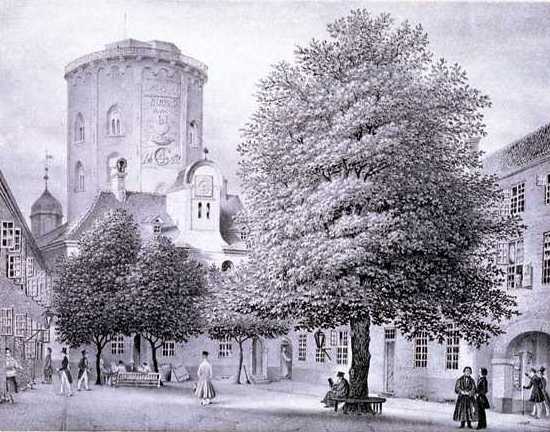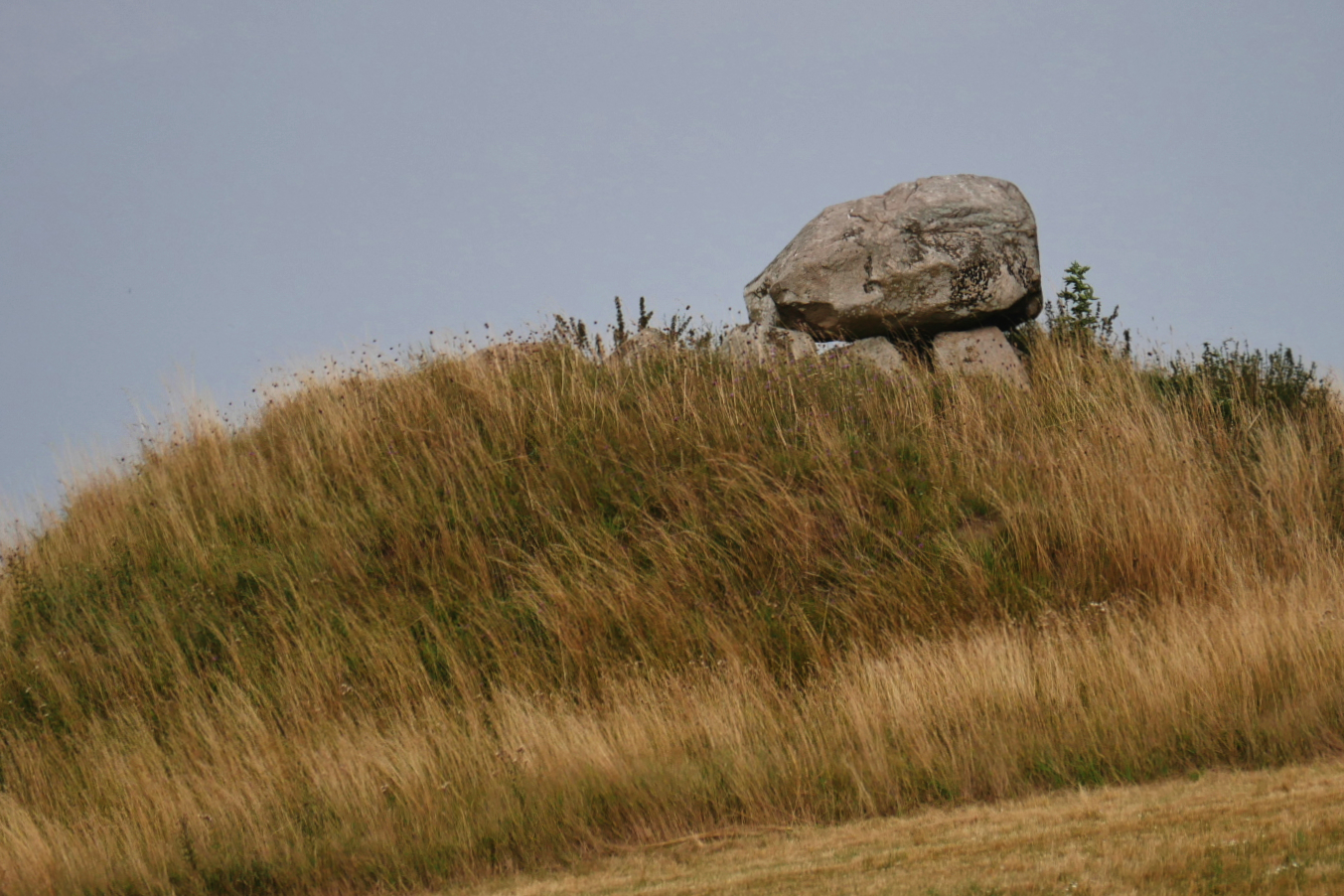|
Martin Borch
Martin Borch (1 March 1852 – 8 February 1937) was a Danish architect. Biography Borch was born at Skerngaard near Skjern, Denmark. He was the son of Frederik Borch (1807–1868) and Johanne Frederikke Borch née Frausing (1809–1886). He attended Randers Latin School from 1863 to 1866 and C.V. Nielsen's drawing school from 1868 to 1869. From 1869 to 1877, he attended the Royal Danish Academy of Fine Arts. From 1886 to 1916, Borch was a permanent architect for the Danish sugar manufacturing company, De Danske Spritfabrikker. As a royal building inspector, he received many commissions for the University of Copenhagen and Danmarks Nationalbank. From 1893 to 1899, he was an assistant at the Royal Danish Academy of Fine Arts, School of Architecture. He received the Eckersberg Medal twice: in 1894 and in 1901. Borch was a knight of the Order of the Dannebrog and received the King's Medal of Merit. Personal life He was married in 1880 to Marie Henriette Nyrop (1853–1943). M ... [...More Info...] [...Related Items...] OR: [Wikipedia] [Google] [Baidu] |
Martin Borch
Martin Borch (1 March 1852 – 8 February 1937) was a Danish architect. Biography Borch was born at Skerngaard near Skjern, Denmark. He was the son of Frederik Borch (1807–1868) and Johanne Frederikke Borch née Frausing (1809–1886). He attended Randers Latin School from 1863 to 1866 and C.V. Nielsen's drawing school from 1868 to 1869. From 1869 to 1877, he attended the Royal Danish Academy of Fine Arts. From 1886 to 1916, Borch was a permanent architect for the Danish sugar manufacturing company, De Danske Spritfabrikker. As a royal building inspector, he received many commissions for the University of Copenhagen and Danmarks Nationalbank. From 1893 to 1899, he was an assistant at the Royal Danish Academy of Fine Arts, School of Architecture. He received the Eckersberg Medal twice: in 1894 and in 1901. Borch was a knight of the Order of the Dannebrog and received the King's Medal of Merit. Personal life He was married in 1880 to Marie Henriette Nyrop (1853–1943). M ... [...More Info...] [...Related Items...] OR: [Wikipedia] [Google] [Baidu] |
Regensen
Regensen (original Latin name: ''Collegium Domus Regiæ'', English: ''The College of the Royal House'') is a residential college for students at the University of Copenhagen and Technical University of Denmark (DTU). It is situated in the heart of the old city, right next to the Rundetårn (the Round Tower). History Commissioned by King Christian IV and inaugurated by Royal Charter by on 1 July 1623, Regensen has for centuries provided a unique living and working environment for 100 students. Some of the buildings burned down along with the rest city in the Great Fire of Copenhagen in 1728, but was rebuilt the same year. Regensen's mission is to provide housing to talented yet non-privileged students at the University of Copenhagen (KU) and the Technical University of Denmark (DTU). Until the 1980s, the foundation behind Regensen, Kommunitetet, provided free housing and a scholarship for students chosen for admission. Because of financial difficulties, a small fee was introduce ... [...More Info...] [...Related Items...] OR: [Wikipedia] [Google] [Baidu] |
Aarup
Aarup is a railway town in central Denmark with a population of 3,259 (1 January 2022),BY3: Population 1. January by rural and urban areas, area and population density The Mobile Statbank from Statistics Denmark located in Assens municipality on the island of in . Aarup can trace its history ... [...More Info...] [...Related Items...] OR: [Wikipedia] [Google] [Baidu] |
Københavns Universitet
The University of Copenhagen ( da, Københavns Universitet, KU) is a prestigious public research university in Copenhagen, Denmark. Founded in 1479, the University of Copenhagen is the second-oldest university in Scandinavia after Uppsala University, and ranks as one of the top universities in the Nordic countries, Europe and the world. Its establishment sanctioned by Pope Sixtus IV, the University of Copenhagen was founded by Christian I of Denmark as a Catholic teaching institution with a predominantly theological focus. In 1537, it was re-established by King Christian III as part of the Lutheran Reformation. Up until the 18th century, the university was primarily concerned with educating clergymen. Through various reforms in the 18th and 19th century, the University of Copenhagen was transformed into a modern, secular university, with science and the humanities replacing theology as the main subjects studied and taught. The University of Copenhagen consists of six differen ... [...More Info...] [...Related Items...] OR: [Wikipedia] [Google] [Baidu] |
Østre Landsret
The Østre Landsret (the Eastern High Court) is one of Denmark's two High Courts, along with the Vestre Landsret (Western High Court). Both High Courts function as a civil and criminal appellate court for cases from the subordinate courts and furthermore as a court of first instance in significant civil cases with issues of principle. The Østre Landsret sits in Copenhagen but has chambers in some Eastern towns and cities, such as Odense, used only for criminal cases. It has jurisdiction over all County Courts in Zealand, Funen, Lolland, Falster and Bornholm as well as the Faroe Islands. A municipal court decision can always be appealed to a High Court - if the disputed claim exceeds DKK 10.000. First instance civil cases may only be brought before the High Court if the disputed claim exceeds DKK 1.000.000. The Østre Landsret has one President and 58 judges. Like the Vestre Landsret, it is split into chambers, each consisting of three High Court judges. Though the President of th ... [...More Info...] [...Related Items...] OR: [Wikipedia] [Google] [Baidu] |
Køge Kirke
Køge (, older spelling ''Kjøge'') is a seaport on the coast of Køge Bugt (''Bay of Køge'') 39 km southwest of Copenhagen. It is the principal town and seat of Køge Municipality, Region Sjælland, Denmark. In 2022, the urban area had a population of 38,304.BY3: Population 1. January by urban areas, area and population density The Mobile Statbank from The natural harbour and strategic location have given Køge a long history as a . Today, that past is evident in a well-preserved old town centre wi ... [...More Info...] [...Related Items...] OR: [Wikipedia] [Google] [Baidu] |
Pipe Organ
The pipe organ is a musical instrument that produces sound by driving pressurized air (called ''wind'') through the organ pipes selected from a keyboard. Because each pipe produces a single pitch, the pipes are provided in sets called ''ranks'', each of which has a common timbre and volume throughout the keyboard compass. Most organs have many ranks of pipes of differing timbre, pitch, and volume that the player can employ singly or in combination through the use of controls called stops. A pipe organ has one or more keyboards (called '' manuals'') played by the hands, and a pedal clavier played by the feet; each keyboard controls its own division, or group of stops. The keyboard(s), pedalboard, and stops are housed in the organ's ''console''. The organ's continuous supply of wind allows it to sustain notes for as long as the corresponding keys are pressed, unlike the piano and harpsichord whose sound begins to dissipate immediately after a key is depressed. The smallest po ... [...More Info...] [...Related Items...] OR: [Wikipedia] [Google] [Baidu] |
Samsø
Samsø (Anglicized: "Samso" or "Samsoe") is a Denmark, Danish island in the Kattegat off the Jutland Peninsula. Samsø is located in Samsø municipality. The community has 3,724 inhabitants (2017) (January 2010:4,010) called ''Samsings'' and is 114 km² in area. Due to its central location, the island was used during the Viking, Viking Age as a meeting place. The etymology of the island's name is unknown. In 1997, Samsø won a government competition to become a model renewable energy community. Now 100% of its electricity comes from wind power and biomass. Etymology The name Samsø is of unknown origin. The name is known from 1075 as ''Samse''. This word is a Simplex (Etymology), simplex and the addition of -, Danish language, Danish for 'island', is thus a later compounding, known in toponymy as ''epexegesis''. Geography Ballen's beach and village are popular with visitors. The island is served by a bus service which runs around the island, including the two ferry te ... [...More Info...] [...Related Items...] OR: [Wikipedia] [Google] [Baidu] |




